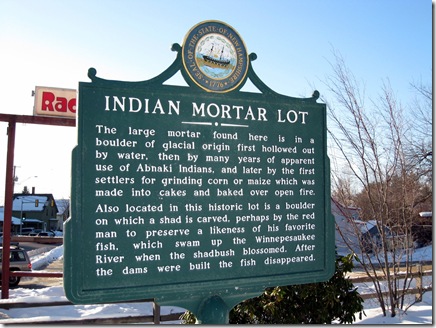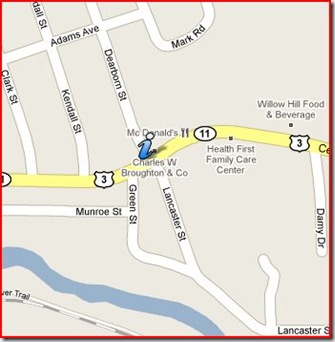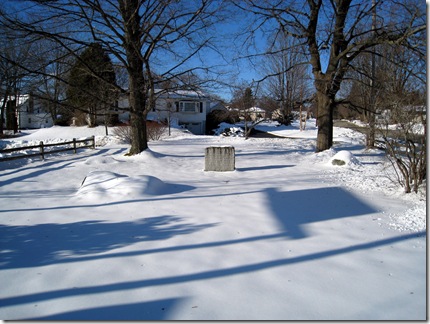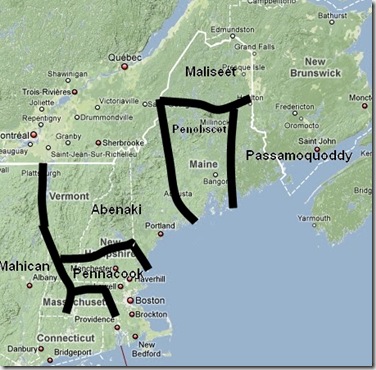Marker Text:
The large mortar found here is in a boulder of glacial origin first hollowed out by water, then by many years of apparent use of Abnaki Indians, and later by the first settlers for grinding corn or maize which was made into cakes and baked over open fire. Also located in this historic lot is a boulder on which a shad is carved, perhaps by the red man to preserve a likeness of his favorite fish, which swam up the Winnipesaukee River when the shadbush blossomed. After the dams were built the fish disappeared.
Erected in 1979 in the town of Franklin, it’s located at the northwest corner of Central Street (US 3/NH 11) and Dearborn Street.
The stone in the center reads:
“This lot contains the ancient stone mortar used by Abenaki Indians and pioneer settlers of Sanbornton.
Presented to Franklin Womans Club by descendants of James Clark, Esquire.
Native American Artifacts are all over New Hampshire. Who were the tribes that lived here before the French and English settlers? Here’s a chance to show off my mad Photoshop skills.
This map is a rough estimate of the tribes of the area. Most of the Tribal boundaries follow the terrain. Major Rivers, Mountain Ranges and the like were the borders, but always remained fluid.
This map is based on those from Native-languages.org
As you can see, most of today’s New Hampshire, Vermont and Western Maine were populated by the Abenaki. Histories currently split them into two groups, Eastern and Western. The Eastern Abenaki pretty much hung out East of the White Mountains and Maine. The Western Abenaki lived in the Connecticut River valley west to Lake Champlain.
They were further identified into Bands that should sound familiar such as; Ossipee, Pemigewasset, Souhegan, Nashua, Penobscot, etc.
The first trade between Europeans and the Native Americans probably first occured as Samuel de Champlaine and Pierre DeMonts established Port Royal Nova Scotia about 1605. The Fur Trade with the Penobscot (an Eastern Abenaki tribe) and Maliseet enriched those tribes with European goods, and created tensions with the Micmac across the bay in Nova Scotia.
Beginning about 1607 the Micmac and Maliseet were at war with the Penobscot, lasting about 8 years. The fur trade continued with both sides, and the French Jesuits established a trading post and mission at what is now Bar Harbor, ME in 1613. It didn’t last the year as Englishmen from Jamestown raided and destroyed it.
In 1615, the Micmac finally manadged to capture and kill Penobscot Chief Bashaba, ending the war. The Micmac swept down the coast of Maine and New Hampshire. That’s when they encountered Settlers diseases, and epidemics began sweeping the New England tribes. There is no way to say exactly how many Native Americans died.
By 1616 the French had bailed out of most of their trading posts, save Port Royal and a small post at the mouth of today’s Penobscot River. The French decided it was safer to head inland to the St. Laurence River Valley where the evil Englishmen couldn’t rough them up.
The first Abenaki contact with the English occured in 1607, at the mouth of the Kennebek River. The Plymouth Company had attempted to established a colony there.
So there you have it. A picture of some of the Native American tribes of New England, the impact of early settlers, and a nice introduction to the 1600s and Markers to come. This site was a gold mine of Abenaki information, and is just one page of The First Nations Website. You can read much more about the tribes of New England there, if you are so inclined.










